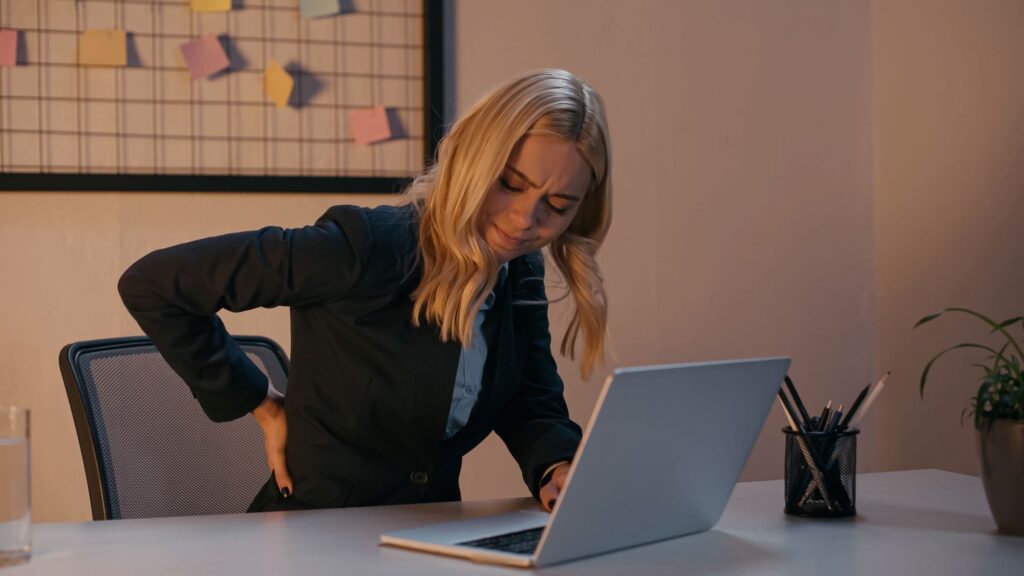
We have come across an interesting article from the National Research Centre for Working Environment written by Head of Research Andreas Holtermann.
In the article, Andreas debunks the myth that there is one correct working posture when sitting in front of a desk. He explains that far too much time is spent talking about the correct posture and position in the workplace.
Instead, there should be more focus on listening to the body’s sensory system, which tells us what we need. And in this context, the working environment must be designed to allow us to act on the signals our bodies send.
We, at BeneSit, find these points enormously interesting as they challenge many of the dogmas that exist around the good working environment today.
We believe, like Andreas, that it is ideal if the workplace accommodates different working positions – relaxed, active, standing, sitting, varied. This is one of the reasons why we never recommend our customers to use the BeneSit chair all day. Rather, we encourage its use as a complement to another office chair while frequently varying the working posture.
Read more about the BeneSit chair and back pain here.
Do you follow exact “rules” to obtain the correct sitting position or do you listen to your body?










